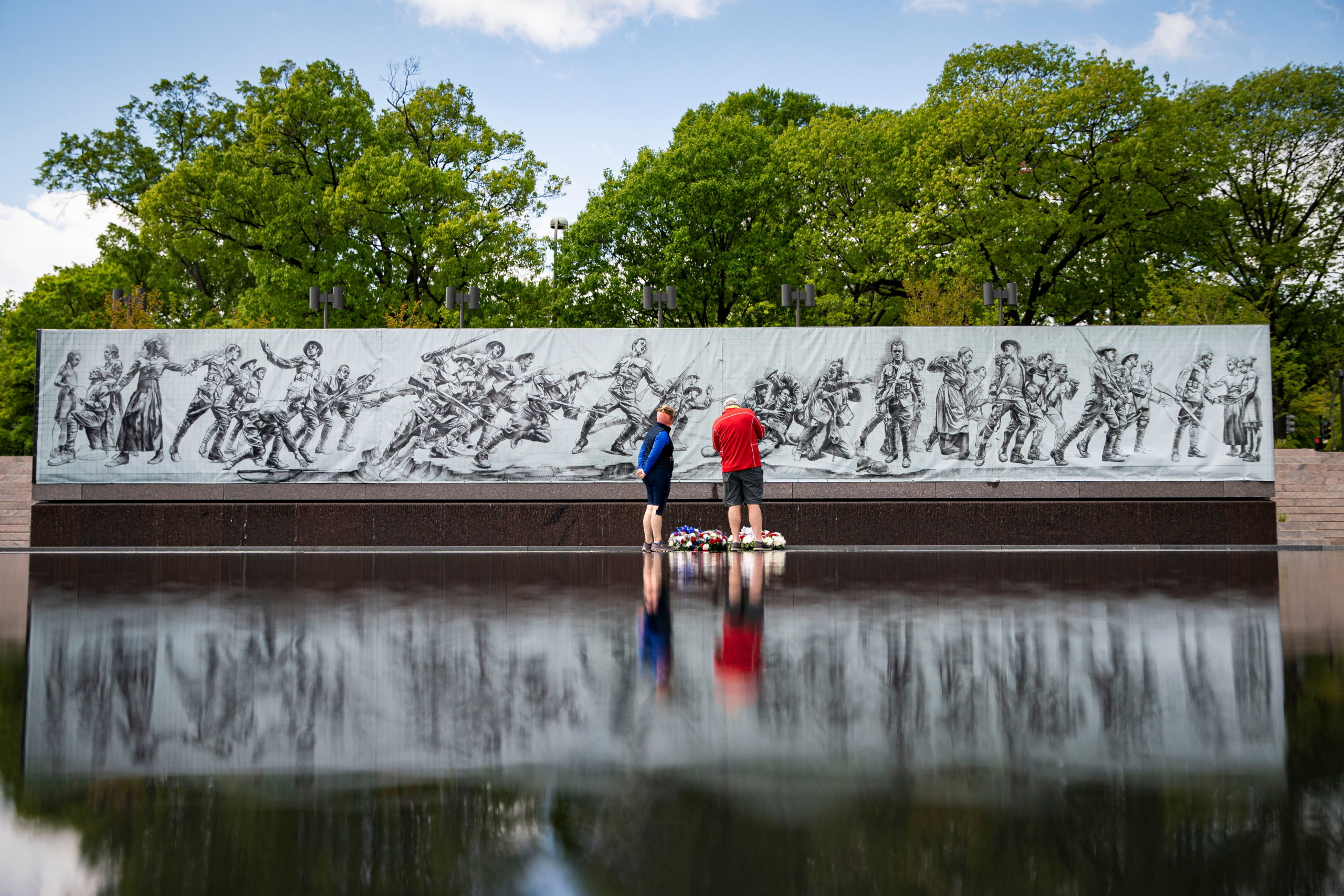Memorial Day: The True Reason for the Season

Memorial Day weekend is upon us, and with it comes the return of the weekly eastbound exodus from New York City, beach season and dress-your-best summer soirées.
That said, the reason for this weekend is Memorial Day itself. One of the nation’s oldest military-related holidays, it was first known as Decoration Day. Unlike Veterans Day (November 11) that celebrates those who served and survived, Memorial Day is a day to pause and remember our fellow citizens who made the ultimate sacrifice with their very lives in defense of our nation.
This day of remembrance first occurred after the end of our Civil War, a conflict that resulted in more American deaths than any other, as it was a war that pitted Americans against each other. Because of the vast number killed, it was also the war that motivated the creation of America’s first national cemeteries.
The exact origin of Memorial/Decoration Day is at best vague, it seemed to begin in the late 1860s as random towns and villages across the nation simultaneously set aside a day in spring to remember the locals lost shortly after the end of the Civil War. There is some historical speculation that the very first celebration was actually organized in Charleston, South Carolina by formerly enslaved Black people within a month after the Confederacy’s surrender in 1865.
In 1966, the federal government named Waterloo, NY as the birthplace of Memorial Day due to the town’s May 5, 1866 celebration that included the closing of businesses and schools, and the local residents decorating soldiers’ graves with flowers and flags.
On May 5, 1868, former Union general, Illinois congressman and leader of Northern Civil War veterans John A. Logan called for May 30 to be a national day of remembrance. However, the last Monday of May Memorial Day we know and celebrate was not officially designated as a federal holiday until 1971. It is more appropriate that we realize a community in New York is designated as the birthplace of Memorial Day, as the Empire State consistently leads the nation as the state with the most war casualties dating all the way back to the Revolution.
In World War I, World War II, the Korean War and Vietnam alone, more than 63,400 New Yorkers sacrificed their lives in defense of the nation. More recent conflicts in Afghanistan and Iraq reflect similar state-by-state statistics.
Local losses in the aforementioned two conflicts are still fresh in our minds and not long ago covered in the press. Many can still recall Hamptons friends and family that fell in WWII, Korea and Vietnam, but how many remember those fallen in WWI? So, for Memorial Day 2022, amid the start of summer festivities, pause just for a moment to remember the East Enders listed below who made the ultimate sacrifice in WWI, which was described at the time as the “Great War” and the “War to End All Wars.”
AMAGANSETT
U.S. Navy Seaman Charles B. Barns
BRIDGEHAMPTON
U.S. Army Private Umberto Fortunato
U.S. Army Private Simon Powell
U.S. Army Private 1st Class Percy T. Spicer
EAST HAMPTON
U.S. Navy Chief Quartermaster Claire C. Bennett
U.S. Army Private Raymond L. Cleves
U.S. Army Private 1st Class Edwin C. Halsey
U.S. Army Sergeant 1st Class Everett A. Herter
U.S. Army Private 1st Class Henry J. Jones
MONTAUK
U.S. Army Private William Montgomery
SAGAPONACK
U.S. Army 2nd Lieutenant Nathaniel Topping
SAG HARBOR
U.S. Army Private Paul H. Baer
U.S. Army Private George F. Battle
U.S. Navy Machinist 2nd Class Henry F. Bekman
U.S. Army Private James F. Chelberg
U.S. Army Private William A. Jobe
U.S. Navy Seaman 2nd Class Martin C. Kurot
U.S. Navy Seaman 2nd Class Michael W. O’Brien
SHELTER ISLAND
U.S. Marine Henry M. Mitchell
SOUTHAMPTON
U.S. Army Private 1st Class Leyland S. Clancy
U.S. Army Private Ernest H. Ryan
U.S. Army Corporal Isaac Tishower
U.S. Army Private Zuliju Zelijer
WATER MILL
U.S. Navy Fireman 2nd Class Roy H. Jolley
U.S. Army Private Felix Laske
WESTHAMPTON
U.S. Army Private Walter H. Kloppenberg
WESTHAMPTON BEACH
U.S. Army Captain Arthur E. Hamm



